Researchers identified five major phases of human brain wiring that unfold from birth to old age, marked by four major turning points at ages 9, 32, 66, and 83.



Tatiana Schlossberg, the 35-year-old granddaughter of John F. Kennedy and Jacqueline Kennedy Onassis, revealed this weekend that she has been diagnosed with a rare, terminal blood and bone-marrow cancer and has less than a year to live. Her announcement comes as NewsNation prepares to air a special at 10 p.m. ET on Tuesday, in which Dr. Patrick Soon-Shiong — the billionaire surgeon, LA Times owner and part-owner of the Lakers — outlines his unconventional approach to treating cancer. Soon-Shiong says his method, already tested on nearly 1,000 patients in clinical trials, may hold the key to defeating the disease.
NewsNation’s Chris Cuomo will host an hourlong special program, “Killing Cancer,” to examine a potentially groundbreaking and life-saving cancer treatment. You can watch the special live on NewsNation at 10 p.m. ET on Tuesday. Not sure how you can watch NewsNation? Use our Channel Finder.
Chris Cuomo hosts \.
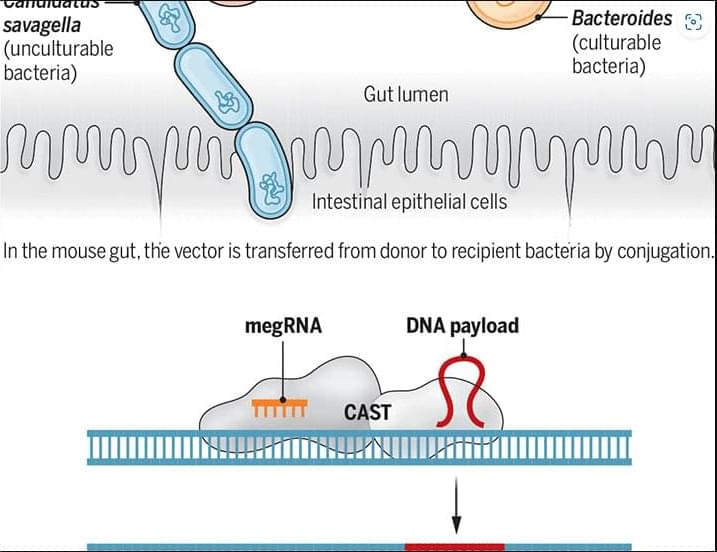
In a new Science study, researchers describe MetaEdit, a strategy that enables targeted insertion of large DNA sequences into the genome of bacteria within the mouse gut environment.
Learn more in a new Science Perspective.
A gene-editing approach enables modification of bacteria within the mouse gut.
Amandine Maire and David Bikard Authors Info & Affiliations
Science
Vol 390, Issue 6774
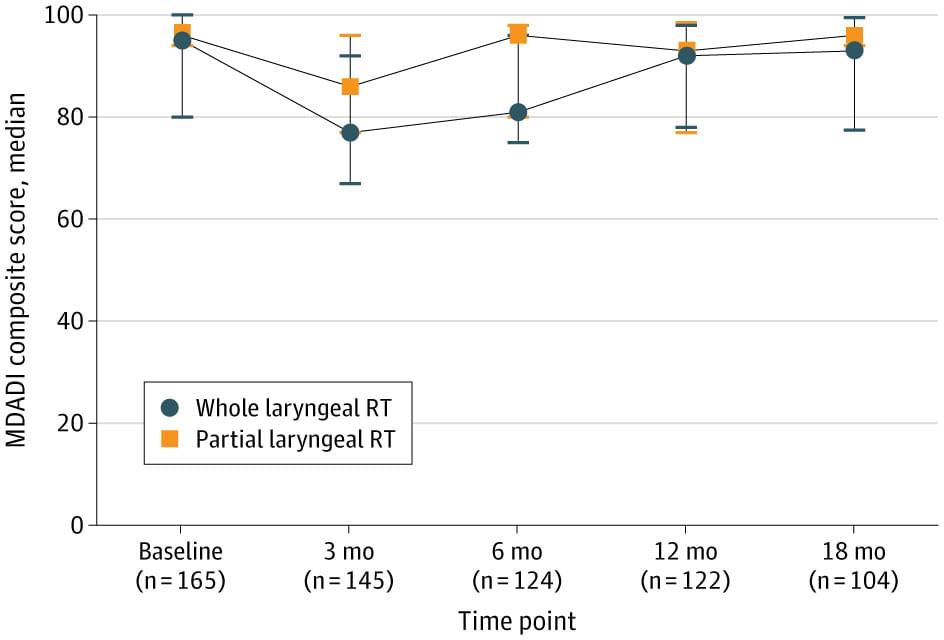
Partial laryngeal radiotherapy was associated with potentially favorable oncologic outcomes and toxic effects profiles compared to whole laryngeal radiotherapy.
This cohort study of clinical stage T1-2N0M0/Tis laryngeal cancer treated with radiotherapy in 233 patients at a single institution with more than 10 years of experience using IMRT between 2013 and 2024 found similar survival outcomes between WLRT and PLRT, with potentially lower toxic effects for PLRT. However, imprecise and unadjusted estimates prevent definitive conclusions. The patient-reported MDADI composite scores at 3 and 6 months postradiotherapy in the PLRT group were higher than the WLRT group.
The 3-year locoregional control outcome from this cohort was 86.5%, which is consistent with the initial observation study from our own institution,5 and previous studies3,7,8,14,15 reported 3-year local control rates of 70.0% to 94.4% of clinical stage T1-2N0M0/Tis laryngeal carcinoma treated with carotid sparing IMRT. Notably, our study had a 3-year locoregional control of 86.5%, which may be an overestimation because the median follow-up period in the PLRT group was only 31 (16−64) months. A history of smoking of 10 or more pack-years was associated with a 4.6-fold increased risk of local failure (HR, 4.62; 95% CI, 1.06−20.00). This finding corresponds with prior studies21-23 and emphasizes the importance of smoking cessation in laryngeal cancer.
Although PLRT for clinical stage T1-2N0M0/Tis laryngeal carcinoma can deliver a more precisely conformed dose to the target while sparing surrounding normal tissue—the uninvolved larynx, carotid arteries, thyroid gland, constrictor muscle, and upper esophagus12, 24 —the PLRT technique has still led to debate on the safety and benefit of this treatment. A major concern with this approach was the risk of geographic RT misses caused by inaccurate target delineation and target motion during RT due to patient swallowing. Few series15, 19, 24, 25 have reported on clinical outcomes of PLRT in clinical stage T1-2N0M0/Tis laryngeal carcinoma. Tans et al19 conducted a study that included 111 patients (108 with T1a and 3 with T2a) treated with PLRT (58.08 Gy) in 16 fractions and reported a 3-year local control rate of 99.1% with good voice handicap index scores.
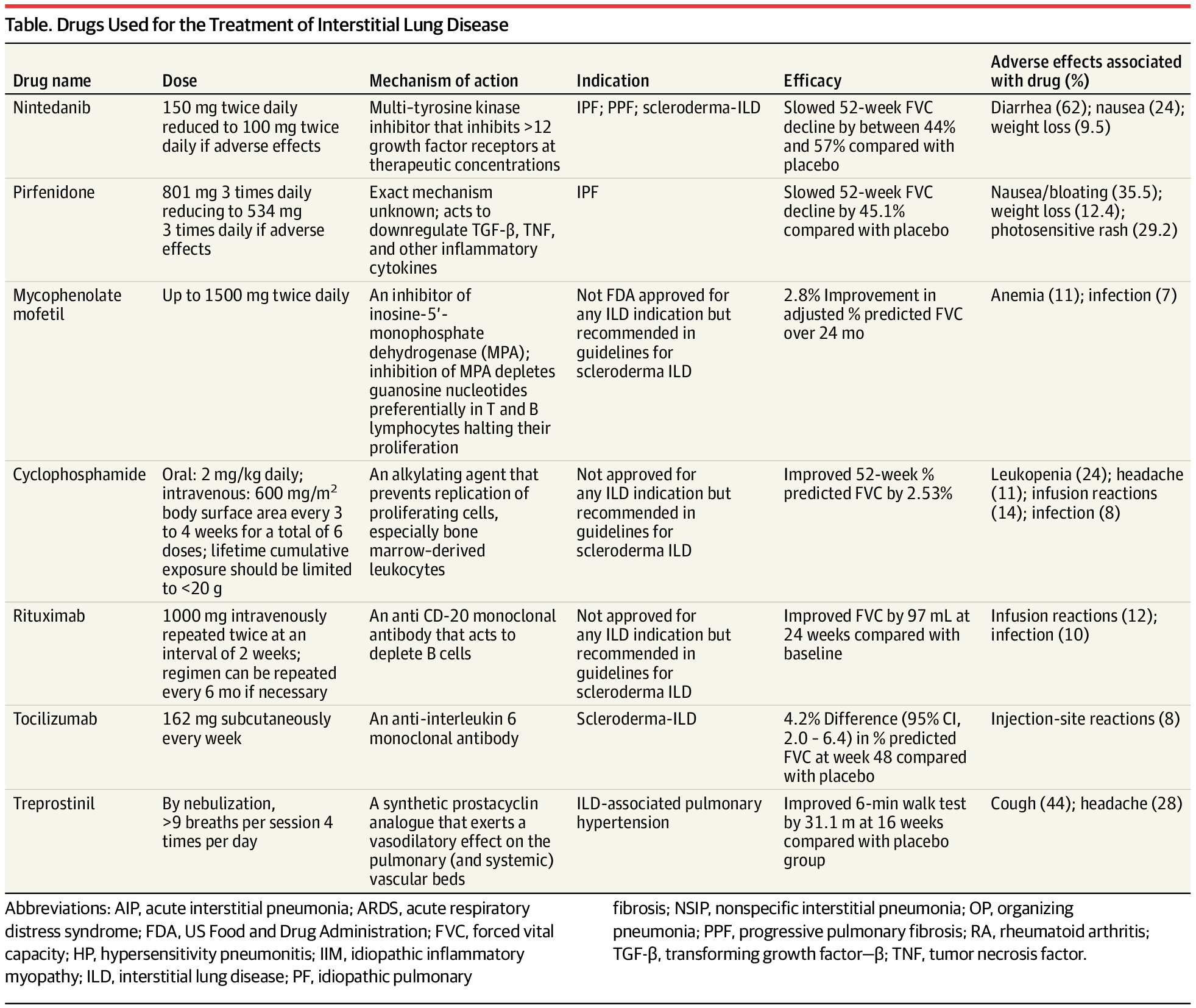
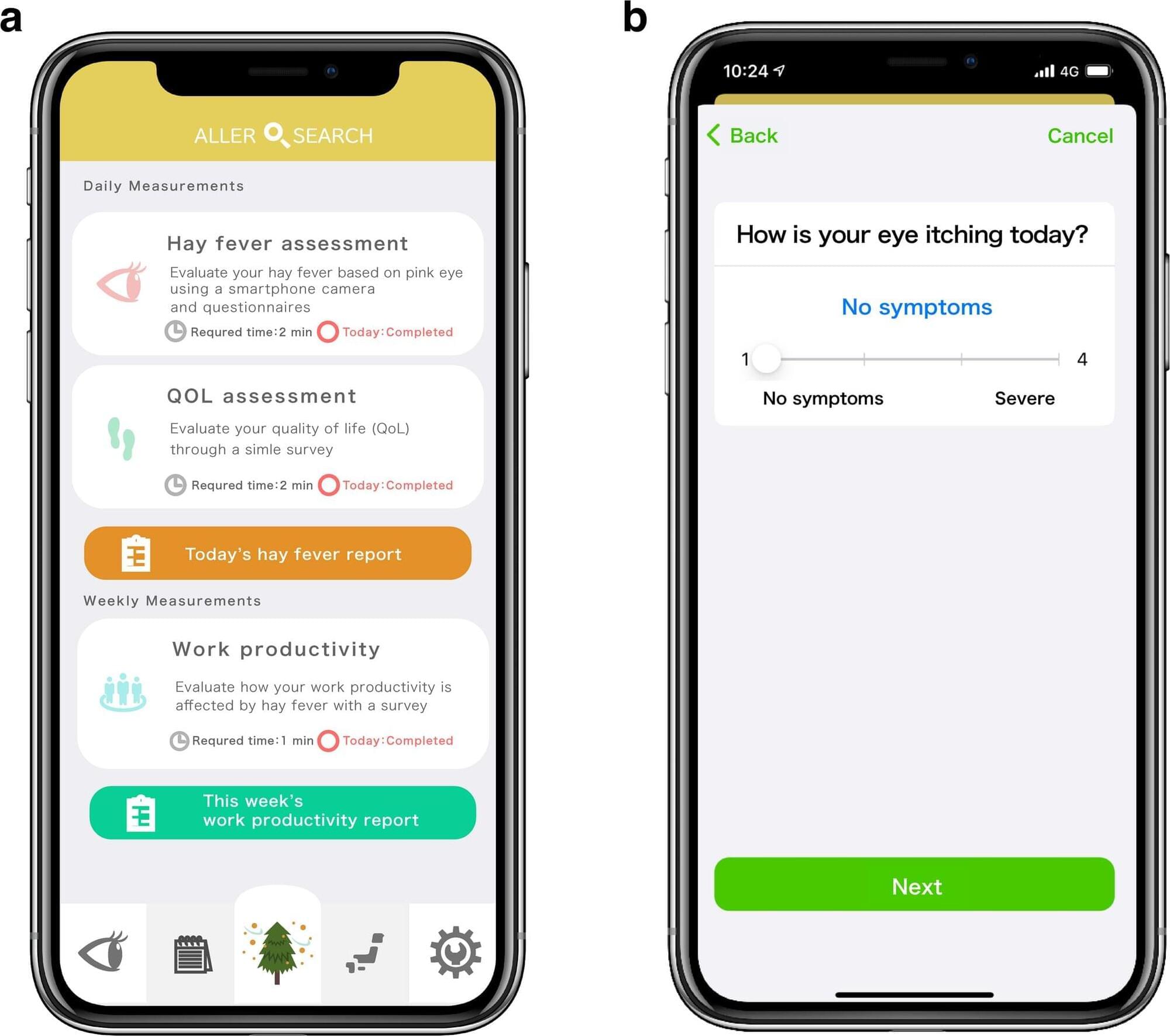
Hay fever, also known as allergic rhinitis, is the condition responsible for seasonal allergies or allergic reactions to other environmental allergens, like dust mites and animal dander. Estimates vary, but somewhere around 10–30% of the population worldwide experiences hay fever at least occasionally. Symptoms include nasal congestion, headaches, itchy throat and ocular symptoms, like itchy eyes, tearing and redness. Ultimately, these symptoms disrupt daily activities and affect quality of life for hay fever sufferers.
While many medications are available to reduce symptoms, many people prefer to include preventative measures. A new study from Japan, published in Scientific Reports, describes a large-scale survey of hay fever sufferers, comparing those who use eye washing as a preventative measure. The study reports that those using eyewash experience improved symptoms.
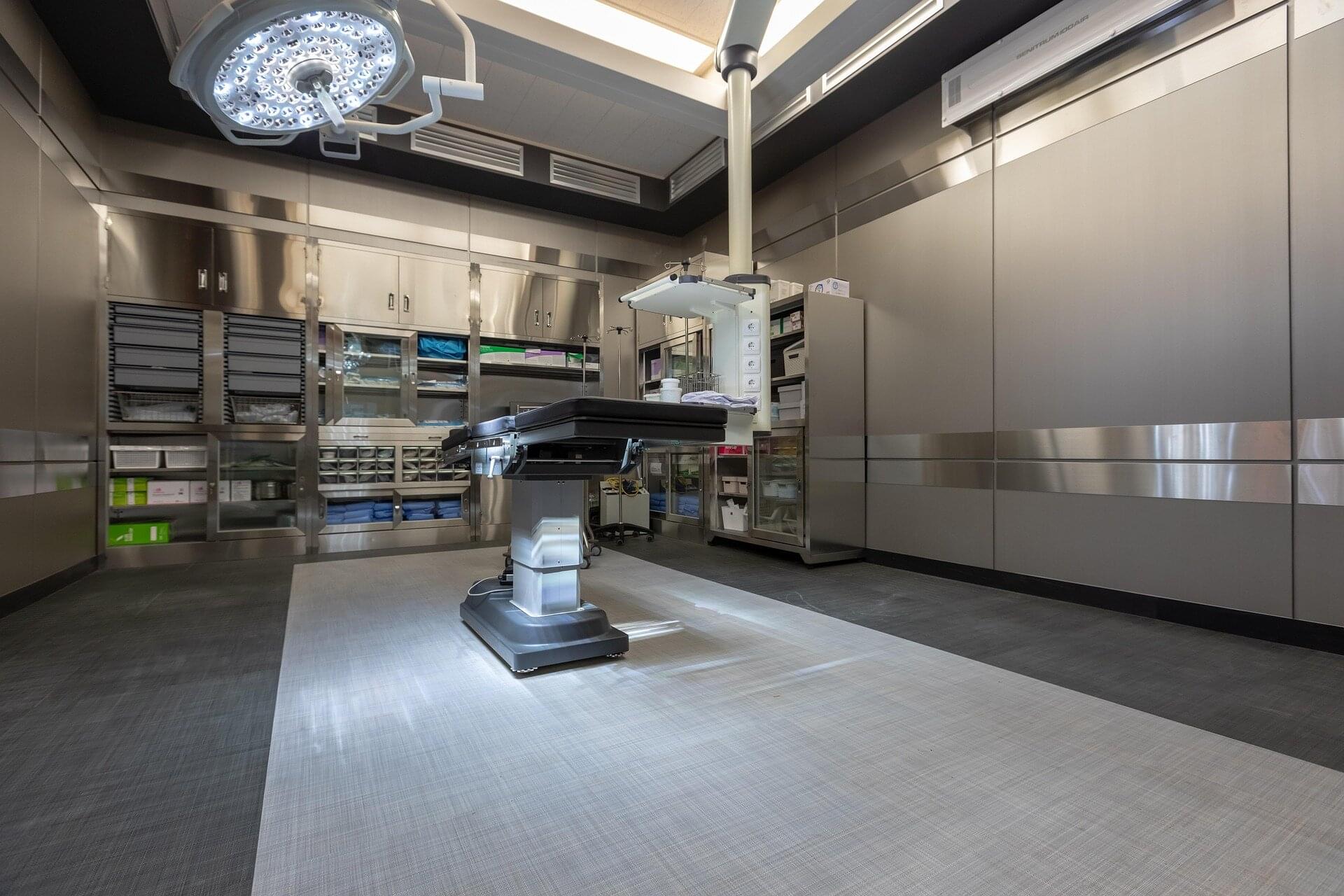
Researchers at University of California San Diego School of Medicine, in collaboration with Data Science Alliance, a nonprofit promoting the importance of a responsible science environment, led a study showing that hospitals could save millions of dollars and significantly reduce surgical waste by rethinking supply lists used to prepare operating rooms, without compromising patient safety.
The study, published in the November 26, 2025, online edition of JAMA Surgery, found that preference cards— hospital checklists of tools and supplies for surgeries—often include far more items than are actually needed. Over time, as these lists are copied and reused, unnecessary items accumulate, creating inefficiencies and waste, resulting in operating rooms being stocked with supplies that often go unused.
“In addition to decreasing waste per surgery, optimized surgical preference cards can save significant hours in preparation and cleanup between cases,” said Sean Perez, MD, lead author and surgical resident at UC San Diego School of Medicine. “This means that we have more time to help more patients through life-changing and life-saving operations and procedures.”
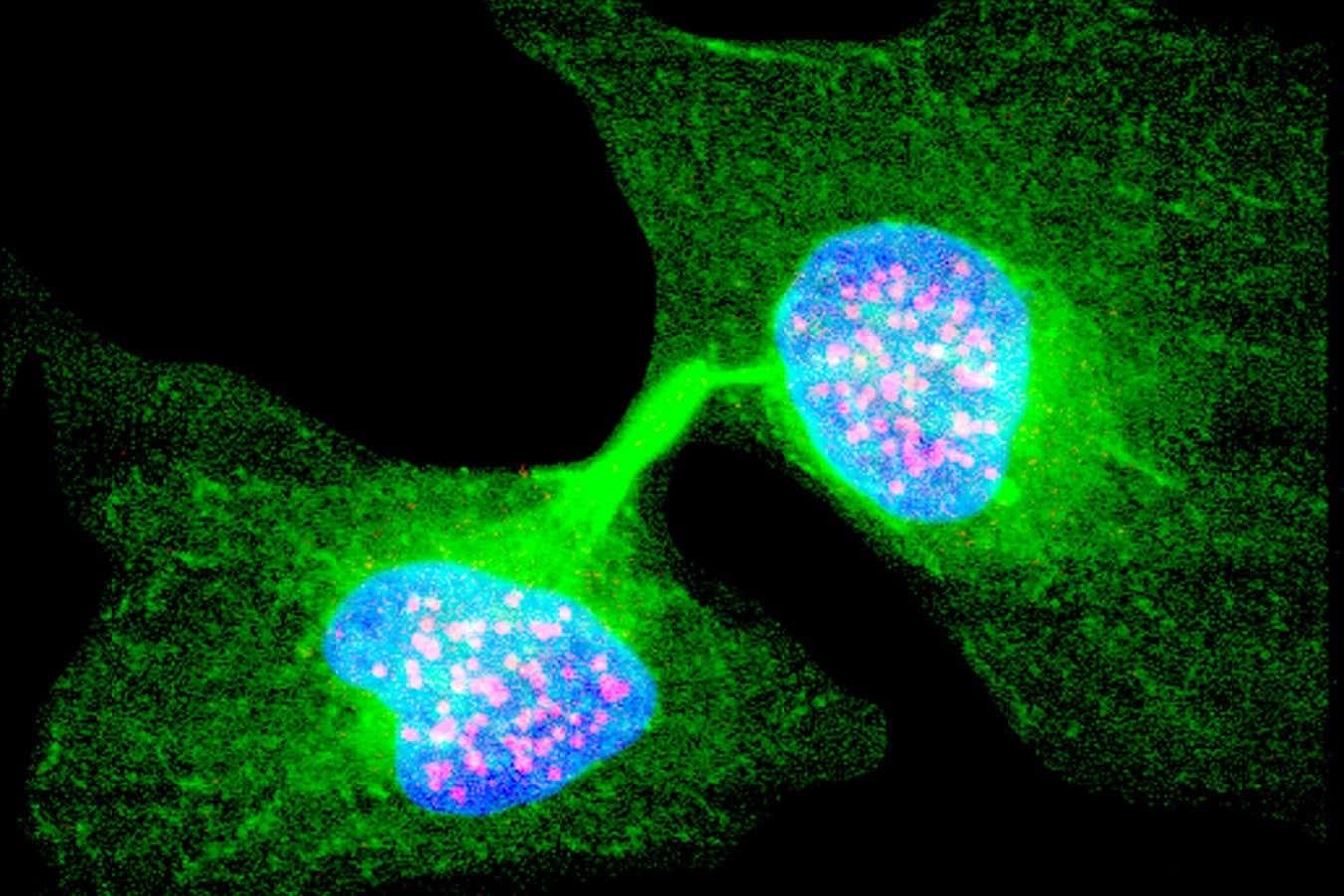

When Finnish engineer Ari Kurvi takes a hot shower or turns up the thermostat in his apartment, he’s tapping into waste heat generated by a 75-megawatt data center 5 kilometers away. As its computer servers churn through terabytes of digital information to support video calls, car navigation systems and web searches, an elaborate system of pipes and pumps harvests the cast-off energy and feeds it to homes in the town of Mantsala in southern Finland.
Since it began operation about a decade ago, the data center has provided heat for the town. Last year, it heated the equivalent of 2,500 homes, about two-thirds of Mantsala’s needs, cutting energy costs for residents and helping to blunt the environmental downsides associated with power-hungry computing infrastructure. Some of the world’s biggest tech companies are now embracing heat recovery from data centers in an effort to become more sustainable.
Kurvi is one of the pioneers of this emerging technology: As an engineer and project manager for Hewlett Packard starting in the 1980s, he spent years working with humming stacks of hardware in hot server rooms during the freezing Finnish winters. That made him think that there must be a good way to put that wasted heat to use.
By pairing computer processing facilities with district heating systems, countries like Finland and Sweden are trying to limit their environmental downsides.